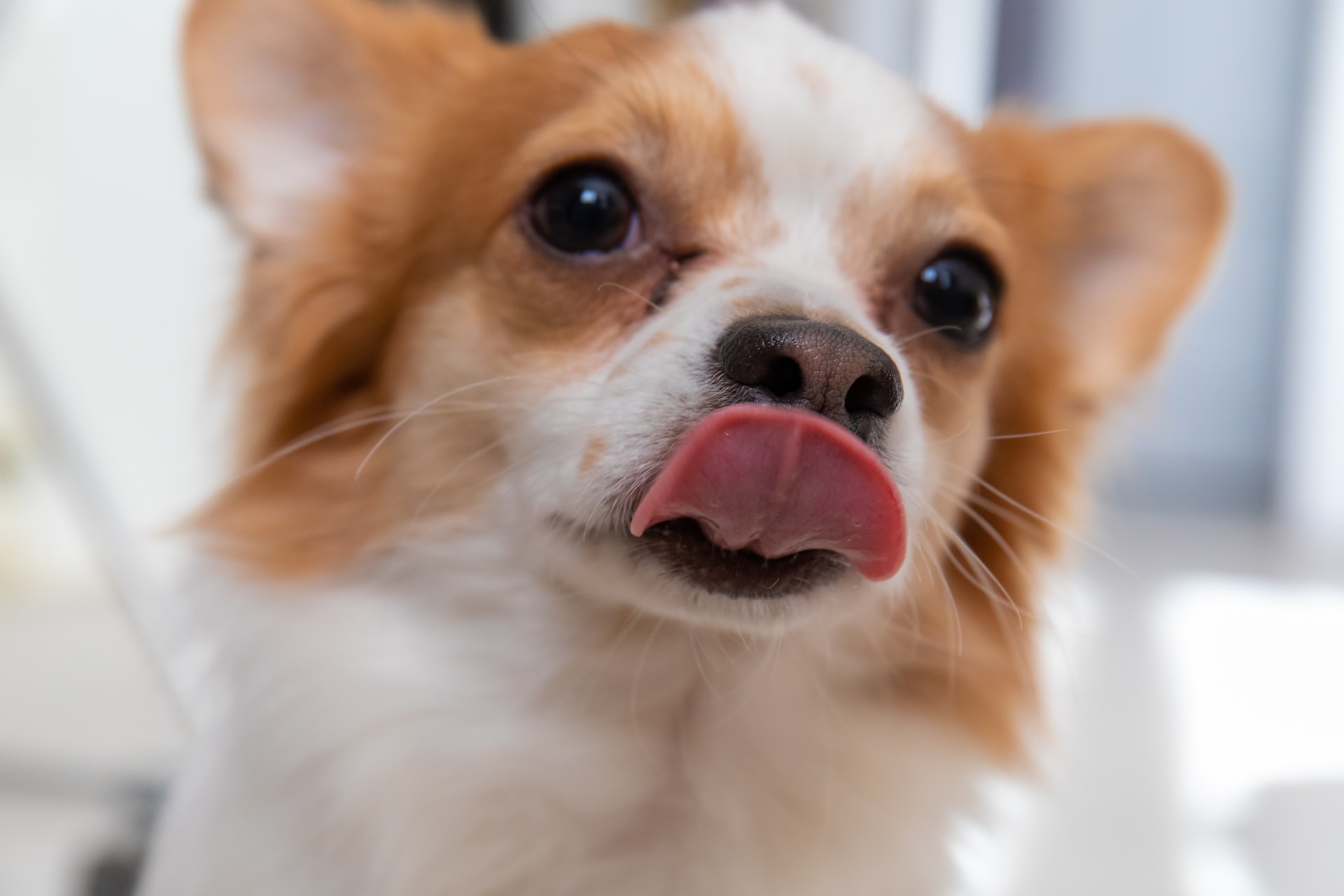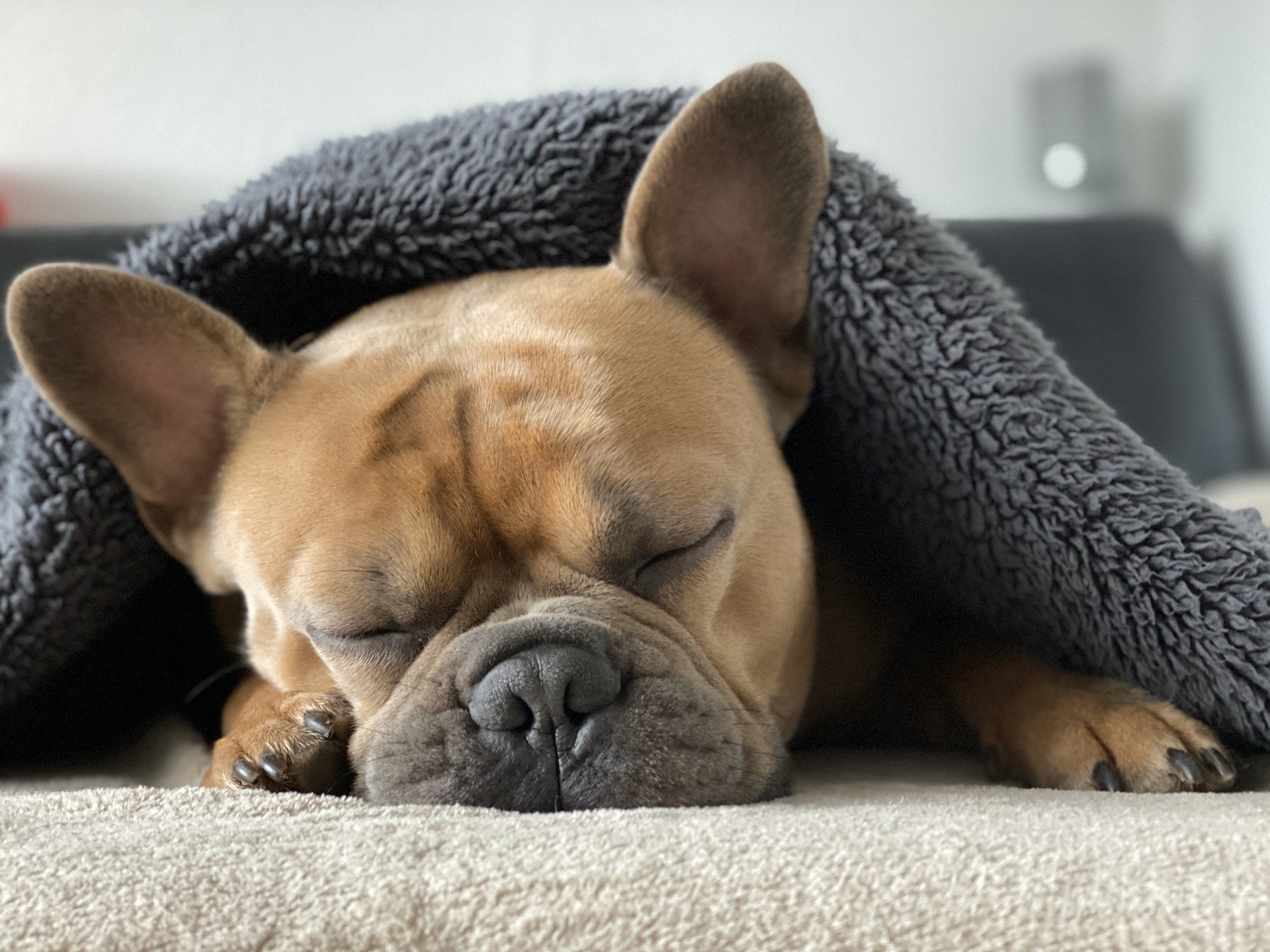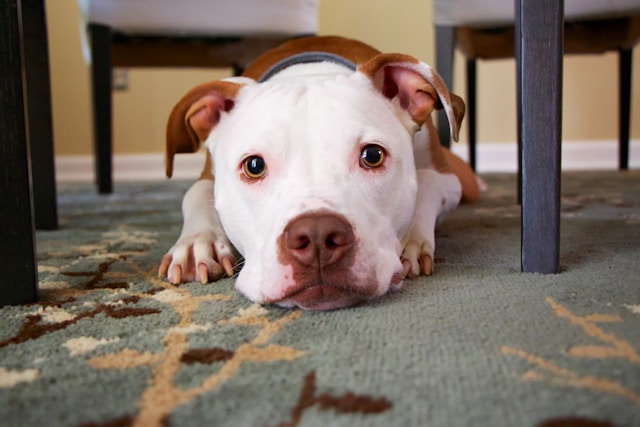
If you have seen your dog licking another dog’s mouth you may have asked yourself – why do they do that? Cats lick their animal friends and their owner’s all the time as a way to show affection and groom each other. However, dogs do not groom themselves through licking although some dogs are very fond of “giving kisses”/licking their owners, their puppies, and friendly cats. In a way, dogs are similar to cats since they use licking as a form of communication and social bonding.
Social Interaction
Our four-legged friends use licking to express affection, submission, and respect toward one another. Canines express affection to their offspring, their owners, and their friends. This often includes play sessions and sleeping together. Submission is expressed through mouth licking when a dog recognizes another dog as of higher social standing. Respect can also be expressed through licking the mouth of another dog which is something young dogs do in interactions with their parents and owners. The social behavior of dogs is discussed in works like the “Inside of a Dog” book by Alexandra Horowitz. The book has 67% of 5-star reviews on Amazon and you might wish to check it out.
The Scientific Perspective
From a scientific perspective, dogs' licking behavior is thought to be related to their ancestral roots as pack animals. Wolves, who are the ancestors of domestic dogs, often engage in mutual grooming behaviors as a way to reinforce social bonds and maintain group harmony. Similarly, dogs may lick each other's mouths as a way to reinforce social bonds and maintain social harmony within their pack. This topic is discussed at length in the book titled “Dog Behaviour, Evolution, and Cognition” (1st edition) authored by Adam Miklosi which has 70% of 5-star reviews and even has a 2nd edition available for purchase online. Both books include a summary of the latest research on the domestication of canines and their role in human society.
In addition to social bonding, there may be other reasons why dogs lick each other's mouths. For example, some experts suggest that dogs may lick each other's mouths to gather information about their packmate's diet or health. This could be particularly useful for dogs who hunt or scavenge for food, as it allows them to learn about potential food sources or identify any potential health issues in their packmates. If you want to read more on the subject I encourage you to check out the book “Manual of Clinical Behavioral Medicine for Dogs and Cats” (1st edition) by Dr. Karen Overall which has 83% of 5-star reviews on Amazon. The book is praised by dog trainers, animal sanctuary managers, and canine behavior experts because it helps further the reader’s understanding of common canine and feline behavior problems.
When Is Licking Considered a Problem
It's worth noting that licking behavior is generally considered to be a normal and natural part of dogs' social interactions. However, excessive licking or compulsive licking behaviors can sometimes be a sign of underlying medical or behavioral issues. If you notice that your dog is engaging in excessive licking behaviors, it's always a good idea to consult with your veterinarian to rule out any potential health problems.
The most common reasons for excessive licking are anxiety, boredom and something spilled on your floor. So check your floor for funny smells first before you consult a veterinarian or a dog behaviorist. I recommend you to check our blog post titled “Why does my dog lick everything | Ask Our Behavorist”.











